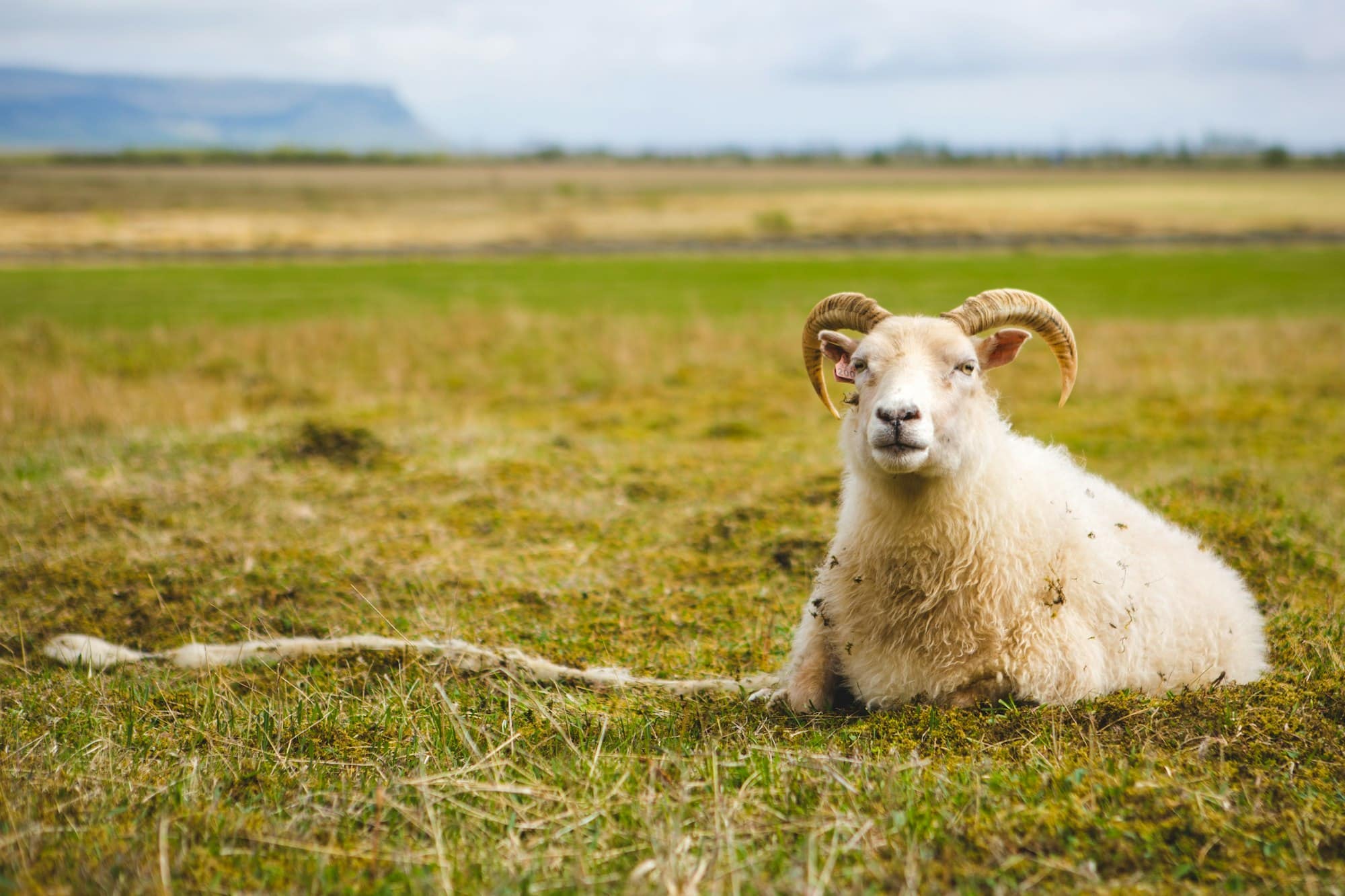What’s the Best Way to Mitigate Excessive Fur Shedding in Norwegian Forest Cats?

As a cat owner, it’s only natural that you’d want to provide the best possible care for your feline friends. If your pet happens to be a Norwegian Forest Cat, then you’re in for a unique experience. With their long, bushy coats and playful nature, these cats are an absolute delight to have around. However, their voluminous hair can pose some challenges, mainly in the form of excessive fur shedding. This article will delve into the best ways to mitigate this issue, ensuring your cat stays healthy and your home fur-free.
Understanding the Unique Needs of Norwegian Forest Cats
Before we discuss how to keep fur shedding in check, let’s first understand the Norwegian Forest Cat’s specific needs. This breed is famous for its thick, water-repellent coat, which is a genetic adaptation to its original cold forest environment. This means that they naturally shed a lot, especially during the spring season.
Also to see : How to Train a Fearful Rescue Greyhound to Trust New Human Friends?
In addition, Norwegian Forest Cats are predisposed to certain health issues which can exacerbate fur shedding. These include kidney disease and blood-related disorders that can affect their coat’s health. Understanding these potential health risks will help you develop a comprehensive care routine for your pet.
Incorporating a Healthy Diet
What your cat eats significantly impacts their coat’s health. A balanced diet full of essential nutrients will promote healthy fur and reduce excessive shedding. Look for cat food that is rich in Omega-3 and Omega-6 fatty acids, as these are known to support skin and hair health. Also, ensure your cat’s diet includes plenty of protein, as it plays a crucial role in maintaining overall health and promoting a shiny, healthy coat.
Also to see : What Are the Best Water Filtration Systems for Aquatic Turtles in a Home Aquarium?
If your Norwegian Forest Cat has a specific health condition like kidney disease, specialized diets can help manage their symptoms. Talk to your vet about the most appropriate food for your cat’s needs. Remember, every cat is unique, so what works for one might not necessarily work for another.
Regular Grooming is Essential
While Norwegian Forest Cats are generally good at grooming themselves, their long, thick coats require additional care. Regular grooming is not only essential for managing fur shedding but also for preventing potential skin problems and detecting early signs of any health issues.
Invest in a good grooming brush designed for long-haired cats and brush your cat daily, especially during shedding seasons. This will help remove loose fur from their coat, reducing the amount left to shed around your home.
Importance of Regular Vet Check-ups
While diet and grooming play a significant role in controlling your Norwegian Forest Cat’s fur shedding, regular vet check-ups are equally important. As previously mentioned, this breed is prone to certain genetic diseases that can affect their coat health.
Routine vet visits will allow early detection of potential health problems. Early intervention can mitigate the severity of these diseases and their impact on your cat’s coat. Don’t neglect these visits, as they are an essential part of your cat’s overall care routine.
What to Do if Excessive Shedding Persists?
If you’ve implemented all the above measures, but your Norwegian Forest Cat’s excessive shedding persists, it’s time to consult your vet. Persistent shedding could be a sign of underlying health issues that need immediate attention.
Ensure your vet conducts a comprehensive check-up, including blood tests, to rule out any serious health conditions. In some cases, your vet might recommend supplements or special treatments to improve your cat’s coat health.
In conclusion, taking care of a Norwegian Forest Cat involves more than just enjoying their playful antics and beautiful appearance. Their unique genetic makeup requires special attention, particularly when it comes to controlling excessive fur shedding. By incorporating a balanced diet, routine grooming, and regular vet visits in your cat’s care routine, you can ensure they stay healthy and their shedding is kept to a minimum.
Managing Disease Risks and Watching for Signs
Given their genetic predisposition to certain health issues, managing disease risks is crucial in a Norwegian Forest Cat’s life. Kidney disease and blood-related disorders are among the most common health problems in this breed. These conditions can impact the cat’s coat health and consequently, induce excessive shedding.
Kidney disease, or renal failure, can lead to a host of problems, including weight loss, reduced appetite, and poor-quality coat. Blood-related disorders can also affect your cat’s overall wellbeing. This breed is known to have type B blood, which can lead to blood clots and other complications if not managed correctly.
Dental disease is another concern for Norwegian Forest Cats. Poor dental health can lead to a host of problems, including pain, weight loss, and a dull or matted coat. Hence, maintaining your cat’s dental health is also vital to control shedding.
Be on the lookout for these signs and seek veterinary care if your pet shows any symptoms. Remember, early detection is key to managing these conditions effectively.
Care for Special Areas of Concern
Norwegian Forest Cats require some specific areas of care due to their unique characteristics. Their thick, bushy tails, for instance, are prone to matting and may need extra grooming attention. Similarly, their large size and high-energy levels mean these cats require plenty of exercises to maintain a healthy weight and overall condition.
Furthermore, these cats’ hearts require special attention. Norwegian Forest Cats are prone to a heart muscle condition called hypertrophic cardiomyopathy, which can lead to heart failure. Regular vet check-ups can help detect this fatal disease early and manage it effectively.
The urinary tract health is another area of concern. Regular testing for urinary tract issues can help avoid discomfort and further health complications for your forest cat.
In summary, preventative pet health care is essential when caring for a Norwegian Forest Cat. Regular vet visits, a balanced diet, daily grooming, and monitoring for signs of issues can all contribute to a healthier, happier pet, and a more manageable coat.
Conclusion: Maintaining the Health and Beauty of Norwegian Forest Cats
In conclusion, Norwegian Forest Cats are a unique, playful breed. Their voluminous, thick coats are a sight to behold but also a responsibility.
The best way to keep fur shedding in control is to incorporate regular grooming and a balanced diet into your cat’s routine. Understanding their unique genetic makeup and disease risks can help you manage their health effectively.
Remember, it’s not just about keeping your home fur-free. It’s about providing the best care for your pet. Regular vet visits for check-ups and disease screening, along with a good understanding of what to watch for, can contribute to a long and healthy life for your Norwegian Forest Cat.
Therefore, having a Norwegian Forest Cat isn’t just about enjoying their beauty and playful nature. It’s also about being mindful of their specific needs and health care requirements. With proper care and attention, you can ensure your cat will enjoy a long, healthy, and happy life – and keep fur shedding to a minimum.
